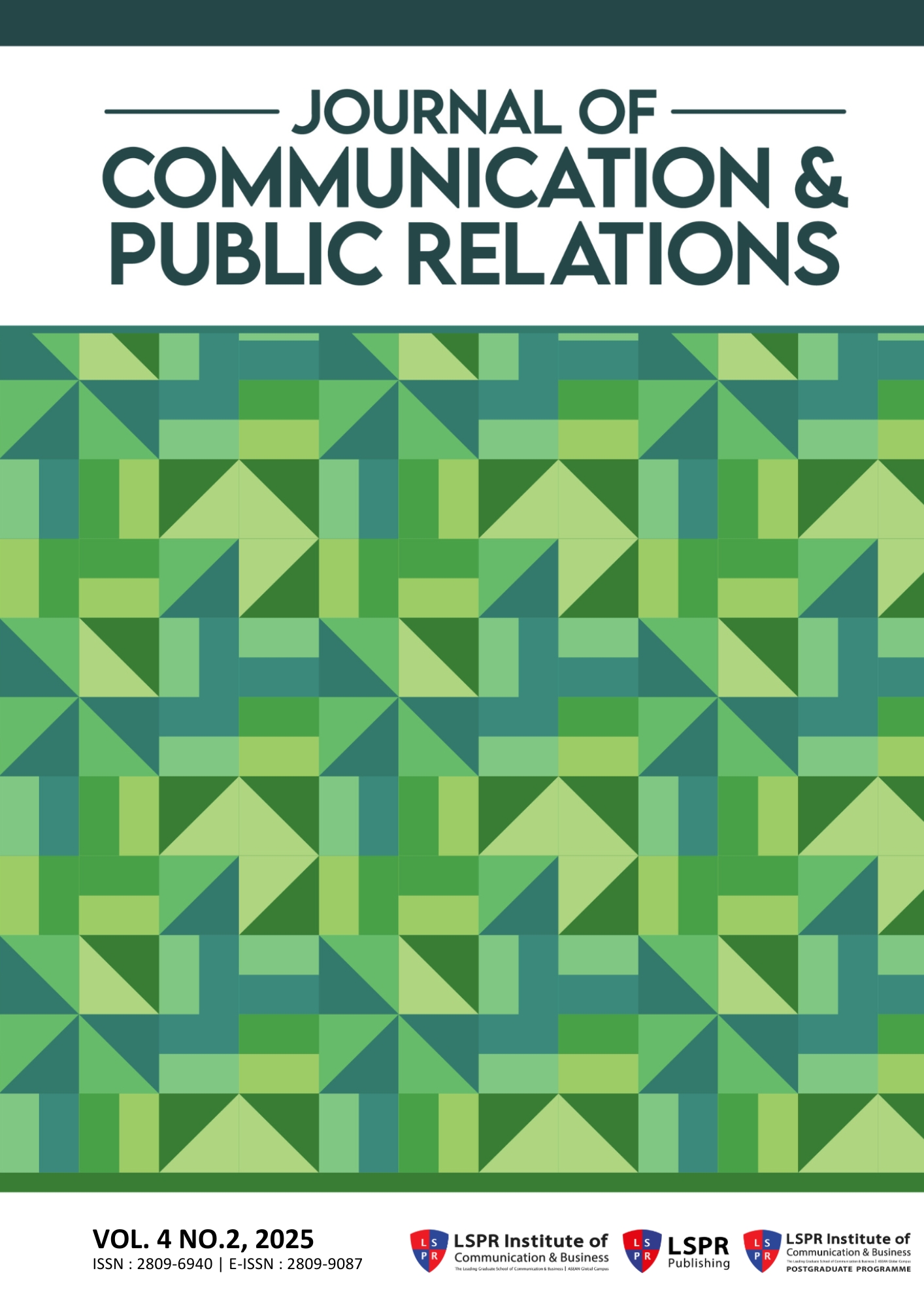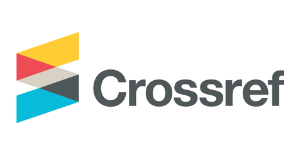The Intersection of Entertainment and Commerce
Buzzohero’s TikTok Strategy in Social Commerce
DOI:
https://doi.org/10.37535/105004220253Keywords:
digital marketing, social commerce, TikTok Live Streaming, Product Marketing, RACE ModelAbstract
Digital marketing is developing more and more significantly, especially since the Covid-19 pandemic in 2020. The decision to stay at home in several countries including Indonesia has forced various levels of society to work from home. As a result, many individuals use social media to carry out activities such as seeking entertainment, socializing, and shopping for daily necessities. This change in behaviour brings fresh air to the Indonesian advertising industry. The use of social media for commercial, entertainment and social purposes has become a new phenomenon called social media commerce. Buzzohero as a Social Media Advertising Platform takes this opportunity by optimizing the TikTok Live Streaming feature in marketing products from various brands, which are their clients. This study aims to analyse Buzzohero's strategy in forming engagement through Social Commerce on TikTok Live Streaming. This study uses a qualitative methodology with an interpretive paradigm. The data collection technique uses interviews as primary data. While the secondary data the authors obtained through observations on TikTok Live Streaming content, documentation, and literature. The results of this research analysis associated using the RACE model (Reach, Act, Convert, and Engage) as a digital marketing framework representing distinct stages of the marketing process that is widely used that facilitates the development and implementation of successful marketing strategies.
References
Abdussamad, Z. (2021). Metode Penelitian Kualitatif (P. Rapanna, Ed.; 1st ed., Vol. 1). Syakir Media Press.
Attar, R. W., Almusharraf, A., Alfawaz, A., & Hajli, N. (2022). New Trends in E-Commerce Research: Linking Social Commerce and Sharing Commerce: A Systematic Literature Review. Sustainability (Switzerland), 14(23), 16024. https://doi.org/10.3390/SU142316024/S1
Carr, C. T. (2021). Computer-mediated communication : a theoretical and practical introduction to online human communication. Rowman & Littlefield.
Cuofano, G. (2024, January 14). What is the RACE model? FourWeekMBA. https://fourweekmba.com/race-model/
Guo, Y., Zhang, K., & Wang, C. (2022). Way to success: Understanding top streamer’s popularity and influence from the perspective of source characteristics. Journal of Retailing and Consumer Services, 64, 102786. https://doi.org/10.1016/J.JRETCONSER.2021.102786
Herari, N. (2023). Customer Journey on Digital Omnichannel Local Culinary MSME "Dapur Buk Rien" (A PESO and REAN Model Approach with Qualitative Network Analysis) [Master's thesis]. https://www.researchgate.net/publication/377535289_CUSTOMER_JOURNEY_ON_DIGITAL_OMNICHANNEL_LOCAL_CULINARY_MSME_DAPUR_BUK_RIEN_A_PESO_and_REAN_Model_Approach_with_Qualitative_Network_Analysis http://dx.doi.org/10.13140/RG.2.2.20193.28001
Herdiansyah, H. (2019). Metodologi Penelitian Kualitatif untuk Ilmu-Ilmu Sosial: Perspektif Konvensional dan Kontemporer (A. Suslia, Ed.; 2nd ed.). Penerbit Salemba Humanika. http://www.penerbitsalemba.com
Herzallah, D., Liébana-Cabanillas, F., Muñoz-Leiva, F. et al. (2025). Past, present, and future of social commerce: a bibliometric analysis. Qual Quant. https://doi.org/10.1007/s11135-025-02103-z
Husada, S., & Aruman, A. E. (2024). The Implementation of Bank as a Service Marketing Communication Strategy in Increasing the number of customers on blu by BCA Digital. Journal of Communication and Public Relations, 3(1), 32–54. https://doi.org/10.37535/105003120243
Ipsos. (2021). TikTok Drives Advertiser Brand Value Delivering Ad Recall and Strong Call to Action Background Ipsos Findings. Ipsos, 1–7.
Liu, F., Wang, Y., Dong, X., & Zhao, H. (2022). Marketing by live streaming: How to interact with consumers to increase their purchase intentions. Frontiers in Psychology, 13. https://doi.org/10.3389/FPSYG.2022.933633
Lyu, W., Qi, Y., & Liu, J. (2022). Proliferation in live streaming commerce, and key opinion leader selection. Electronic Commerce Research. https://doi.org/10.1007/S10660-022-09605-0
Miller, D. (2024, June 3). Social commerce: The fusion of social media and e-Commerce. REVERB. https://reverbico.com/blog/social-commerce-the-fusion-of-social-media-and-e-commerce/
Rautela, S. (2021). Social Media for New Product Launch: A Study of Social Media Platforms Across the RACE Planning Framework. International Journal of Interactive Mobile Technologies, 15(5), 187–204. https://doi.org/10.3991/ijim.v15i05.18147
Ritonga, A. G., Pratiwi, G. S., & Islahiyah, H. (2023). Implementasi integrated marketing communication dalam Membangun brand awareness Produk fashion Erigo. Warta ISKI, 5(2), 194-208. https://doi.org/10.25008/wartaiski.v5i2.195
Schaffer, N. (2023). The 16 TikTok Stats Your Business Needs to Know in 2023. Nealschaffer.Com. https://nealschaffer.com/tiktok-stats/
Sestino, A., Prete, M. I., Piper, L., & Guido, G. (2021). The future of online marketing strategies and digital tools: new challenges and contributions to RACE framework. International Journal of Electronic Trade, 1(1), 1. https://doi.org/10.1504/IJETRADE.2021.10042594
Sifat, M. (2024). Social Media and E-commerce Integration [Master's thesis]. https://www.theseus.fi/bitstream/handle/10024/876702/Sifat_Mahidur.pdf;jsessionid=1147B73C2E9FBFDBE14B8950A6A76956?sequence=2
TikTok. (2022). Growing your community with TikTok LIVE | TikTok For Business Blog. Tiktok.Com. https://www.tiktok.com/business/en-US/blog/growing-community-tiktok-live?redirected=1
Wijayaatmaja, Y. P. (2024, July 1). Intip Keseruan TikTok awards, Buzzohero Raih silver agency of the year. Media Indonesia. https://mediaindonesia.com/hiburan/681916/intip-keseruan-tiktok-awards-buzzohero-raih-silver-agency-of-the-year#goog_rewarded
Yao, M. Z., & Ling, R. (2020). “What Is Computer-Mediated Communication?”—An Introduction to the Special Issue. Journal of Computer-Mediated Communication, 25(1), 4–8. https://doi.org/10.1093/jcmc/zmz027
Zhou, L., Jin, F., Wu, B., Wang, X., Lynette Wang, V., & Chen, Z. (2022). Understanding the role of influencers on live streaming platforms: when tipping makes the difference. European Journal of Marketing, 56(10), 2677–2697. https://doi.org/10.1108/EJM-10-2021-0815
















